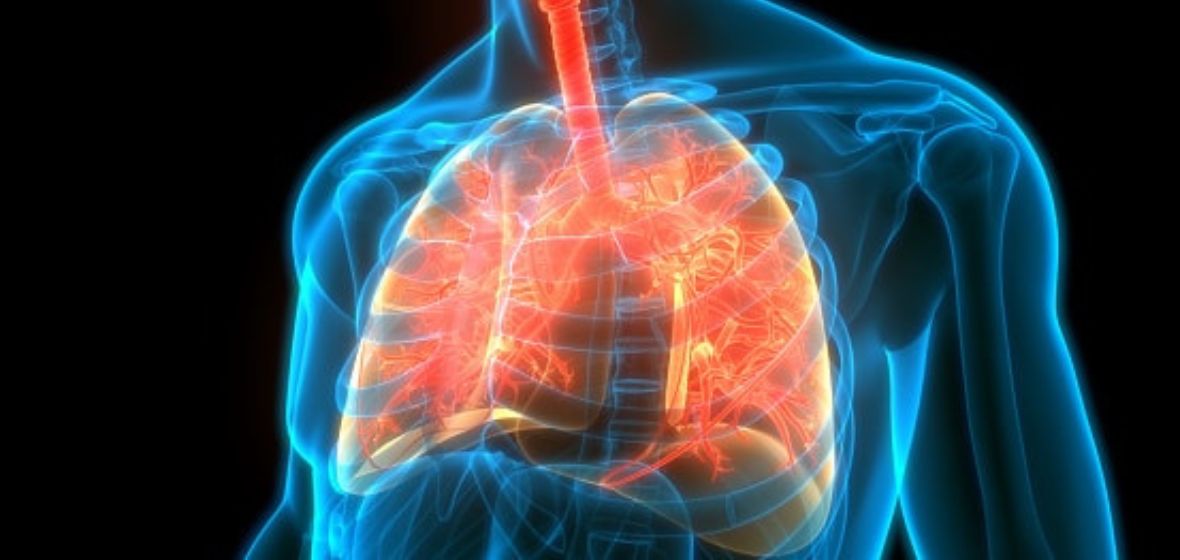
Don’t take your good breathing for granted! Roughly 50,000 new cases of pulmonary fibrosis are diagnosed each year, and given the impact of COVID-19, it’s expected that even more people will suffer from this debilitating disease.
What is Pulmonary Fibrosis?
Pulmonary fibrosis is essentially scarring of the lungs, much like scars we have on our skin from other injuries. This thickening, or scarring, in your lungs makes the tissue stiff and difficult to get oxygen into your blood, and the blood then can’t deliver enough oxygen to other parts of the body. This causes shortness of breath and difficulty with daily activities, such as walking and caring for yourself and your family.
Many different lung diseases fall under the banner of pulmonary fibrosis. It’s often difficult for doctors to determine how people get pulmonary fibrosis; however, there are several identifiable causes including environmental or occupational exposures, auto-immune diseases and drug or radiation-induced fibrosis. Heredity can also play a role in developing some forms of the disease.
While pulmonary therapy and medications can sometimes offer improvements in quality of life, there is no cure for damage caused to the lungs. Lung transplants now offer hope to some patients with progressing pulmonary fibrosis.
How Can You Protect Your Lungs?
The American Lung Association says prioritizing lung health can help prevent diseases that impact our breathing. Consider these five tips:
- Mask and distance to limit exposure to COVID-19. While the long-term impact of COVID-19 on our lungs isn’t yet known, studies are being published that show lung stiffening and scarring.
- Don’t smoke – and if you do, quit today! Smoking is the primary cause of lung cancer, chronic obstructive pulmonary disease (COPD) and damages lung tissue.
- Avoid indoor and outdoor pollutants. Have your home checked for mold and radon, and make sure you wear a mask to protect your lungs against harsh chemicals.
- Stay up to date with adult immunizations – including COVID-19, flu and pneumonia vaccines. Vaccines help keep us healthy and can reduce inflammation caused by avoidable illnesses.
- Exercise – Keep those lungs pumping with a good exercise routine and breathe deep.









